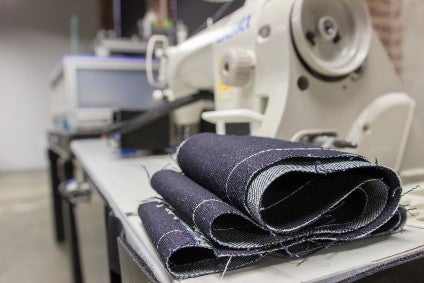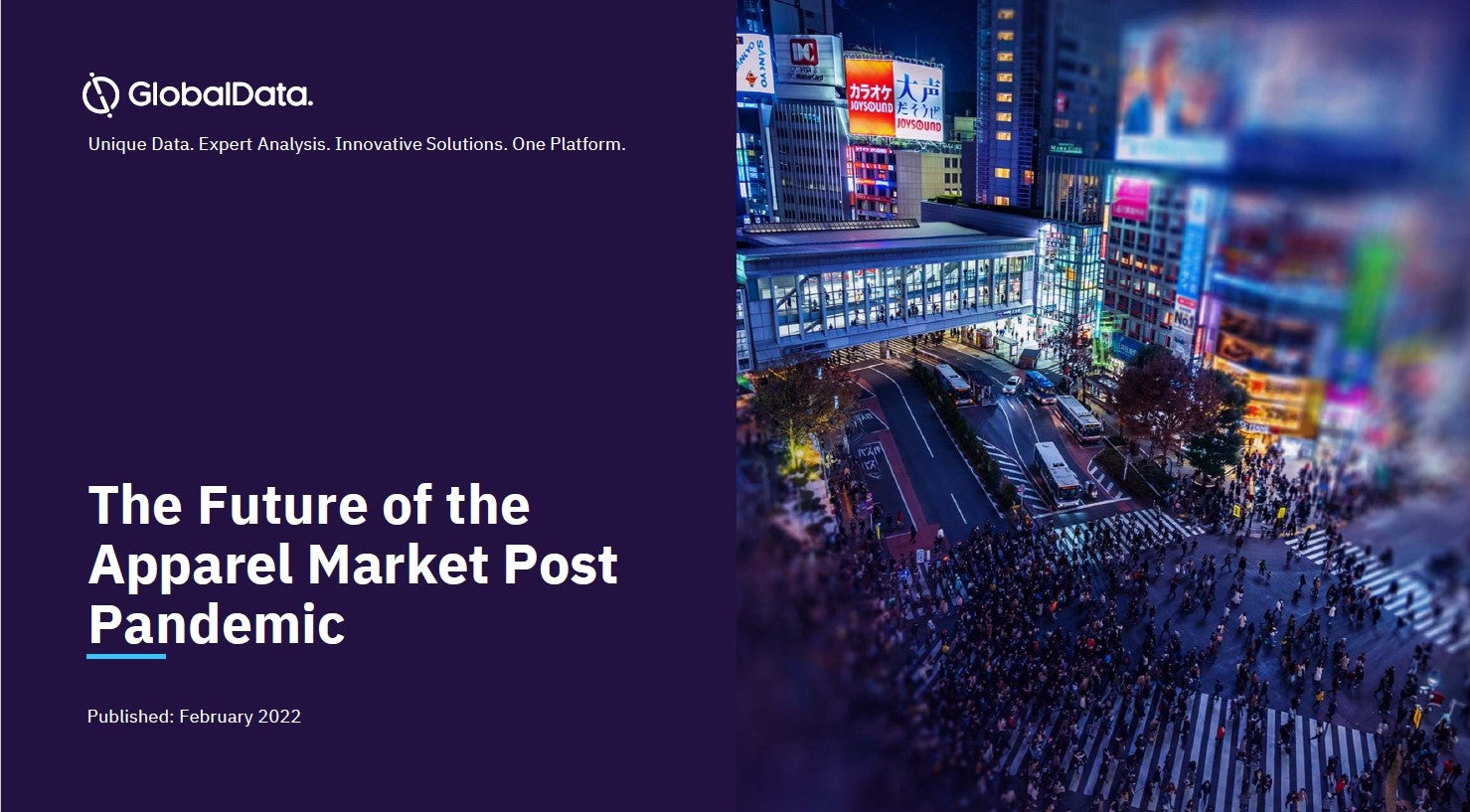
Apparel brands and retailers in Europe and the United States must take the lead on nearshoring, automation and sustainability, and establish a demand-focused apparel value chain if they are to meet customers’ needs in the future, a new study suggests.
“Owing to stagnation in Western markets and to the internet, competition is fiercer than ever, and consumer demand is more difficult to predict,” the study by McKinsey explains. “Mass-market apparel brands and retailers are competing with pure-play online start-ups, the most successful of which can replicate new styles and get them to customers within weeks.
“Furthermore, apparel companies have lost much of their clout in setting the tone,” the report ‘Is Apparel Manufacturing Coming Home?’ adds.
“In most mass-market categories, today’s hottest trends are determined by individual influencers and consumers rather than by the marketing departments of fashion companies. Pressure on profitability due to decreasing full-price sell-through, as well as increasing concerns regarding the environmental impact of overproduction, call for agile production in smaller batch sizes and for on-demand replenishment.”
In light of this, McKinsey says speed-to-market and in-season reactivity are now more critical than ever to an apparel player’s success. The report points out that nearly two-thirds of US apparel executives and about 80% of international chief procurement officers say these two capabilities are top priorities.
How well do you really know your competitors?
Access the most comprehensive Company Profiles on the market, powered by GlobalData. Save hours of research. Gain competitive edge.

Thank you!
Your download email will arrive shortly
Not ready to buy yet? Download a free sample
We are confident about the unique quality of our Company Profiles. However, we want you to make the most beneficial decision for your business, so we offer a free sample that you can download by submitting the below form
By GlobalDataSee Also:
The problem, however, is that most of the established fashion players are burdened with slow commercial processes and legacy supply-chain and sourcing set-ups – and therefore struggle to keep up with more nimble competitors.
“Mass-market apparel brands and retailers can’t win in the next decade without speeding up and transforming to a demand-focused model”, the report asserts.
The answer, McKinsey says, is to make “bold, yet disciplined and balanced investments in nearshoring, automation, and sustainability – and to do it immediately.”
The consultancy says apparel companies are applying key levers to support the transformation: optimising the apparel production model; digitalising the processes along all phases of the fashion cycle; and optimising current processes, such as closer collaboration with suppliers.
“Mass-market apparel players that aim to win tomorrow should have started yesterday,” the report warns. “There are many things that players can already act on now and the riskiest strategy to follow is to simply wait for new technologies to emerge.”
In order to position themselves for success in the coming decade, McKinsey says mass-market apparel brands and retailers need to consider four actions when rethinking their future supply chain with regard to nearshoring and automation:
Modelling financial scenarios
- One element involves estimating the potential value of improved speed-to-market and doing so for various product lines.
- A robust cost baseline should then be built for production in different countries based on labour time, labour cost and productivity, tariffs, logistics costs, etc. An assessment of feasibility to manufacture various product types in different countries should also be conducted, including a perspective on current manufacturing capabilities and access to fabric.
- Having identified the value of time to market and cost baseline, they should now be integrated into an overall view of the economics of nearshoring. Brands should then augment this with different scenarios of automation.
Developing skills
- Taking employees on the journey from the “old” to the “new” sourcing world will be key. Recruiting talent in this area will require apparel companies to develop an appealing employee value proposition.
- Companies should also not overlook senior talent who possess vast experience from having worked in other industries. Employees with the best and most extensive understanding of the engineering behind both existing and future-based technologies are equally as important as the technologies themselves.
New partnerships
- Apparel brands and retailers will need to forge relationships with several different types of entities. Eg, partners with global megasuppliers in order to build manufacturing capacity and capabilities in new geographies.
- Brands will also need to collaborate with technology companies to develop innovative automation solutions since, currently, neither apparel brands nor (most) manufacturers are likely best-positioned to develop disruptive technologies.
- Financial partners – such as private equity (PE) or venture capital firms – can also play a critical role in the ecosystem of partnerships.
First steps
- Starting the nearshoring journey now rather than waiting for automation to further improve the economics is critical in leapfrogging the competition.
- It should already make sense to nearshore some product lines and categories if the value of speed is what is being considered. Even for product lines that are not yet economically favourable, it could be a worthwhile investment for brands to make a slightly lower profit in order to gain an edge on competitors.
- Companies need to solve issues in manufacturing capabilities and scale and also have quick access to fabric, manage a more complex sourcing setup, implement “design-to-speed” thinking, and create a commercial engine to capitalise on speed.
“The disruptions ahead are so profound that mass-market apparel players making big moves and capturing the advantages of nearshoring and automation have the opportunity to build business models that drive growth and are hard for others to replicate,” McKinsey says. “Although apparel manufacturing may not be coming home in the near future, some of the production will be at least moving ever closer – and mass-market apparel brands and retailers will want to be prepared.”
See also: Apparel production increasingly returning to Europe








